Optimal Timing for Rain Leak Repairs
Rain leak repairs are most effective when performed during dry weather conditions. Dry periods allow for thorough inspection, proper sealing, and effective drying of affected areas, reducing the risk of future leaks. Timing repairs before the rainy season can prevent water infiltration and associated damages.
Spring and late summer are ideal times for rain leak repairs due to typically stable weather patterns and moderate rainfall levels.
Perform repairs during dry spells or periods with minimal forecasted rain to ensure materials cure properly and repairs hold effectively.
Late fall and winter are less suitable because of increased precipitation and lower temperatures, which can hinder repair effectiveness.
Scheduling repairs ahead of heavy rain seasons minimizes the risk of leaks and water damage during peak weather months.
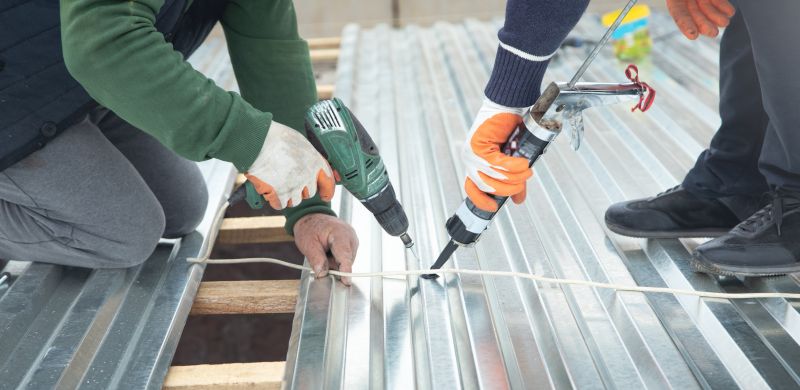
Technicians inspecting a roof for leaks during a dry day.

Applying sealant to a roof during clear weather conditions.
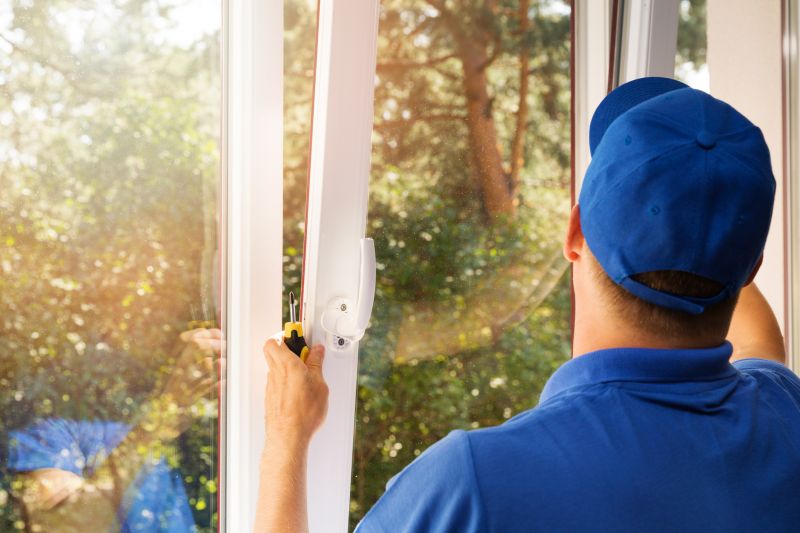
Using specialized tools to identify leaks in dry weather.
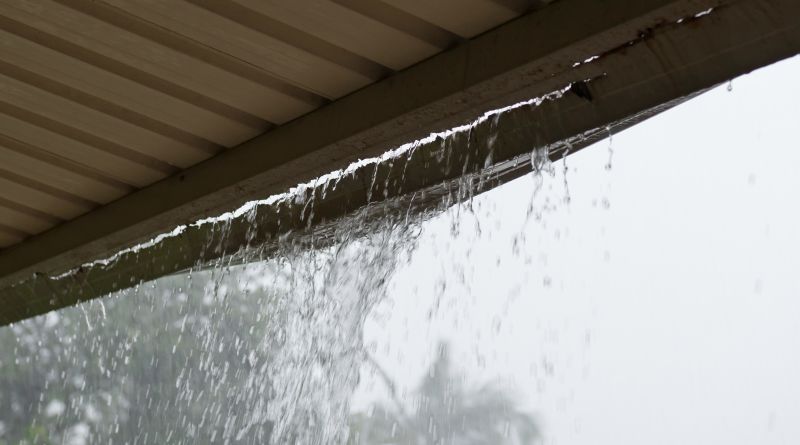
Ways to make Rain Leak Repairs work in tight or awkward layouts.
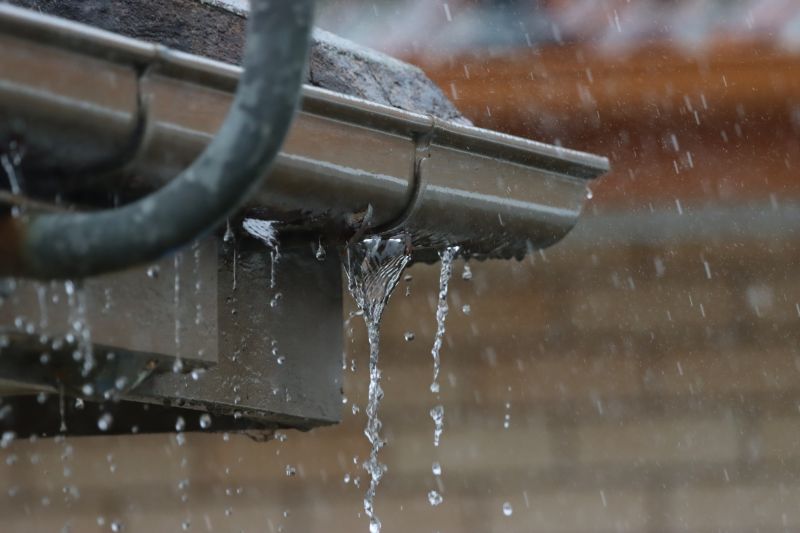
Popular materials for Rain Leak Repairs and why they hold up over time.

Simple add-ons that improve Rain Leak Repairs without blowing the budget.
Rain leak repairs involve identifying sources of water intrusion, sealing cracks, and replacing damaged materials. Proper timing ensures that repairs are durable and effective, preventing water infiltration during subsequent rainfall. Delays in addressing leaks can lead to structural damage, mold growth, and increased repair costs.
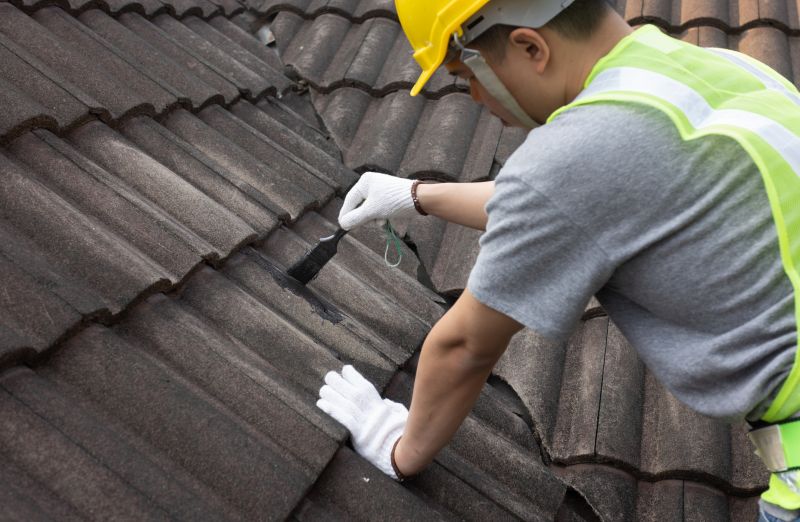
Technicians sealing a roof during a dry day.
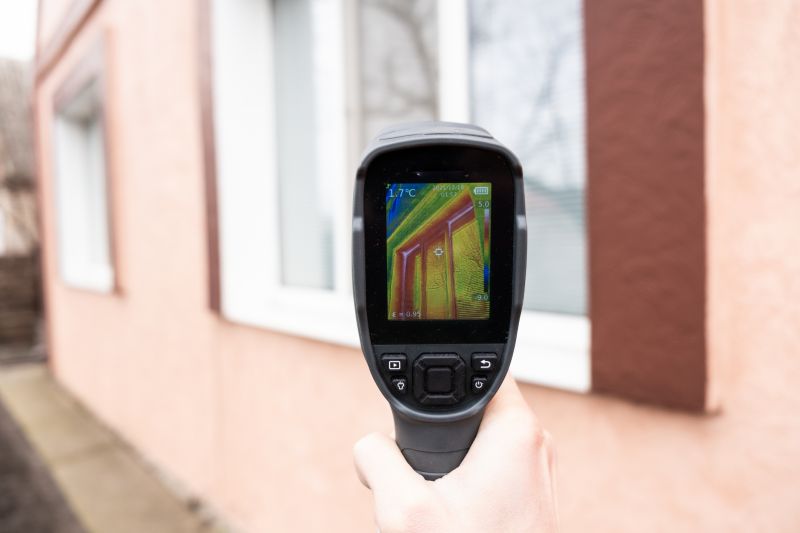
Infrared cameras used to detect leaks in dry weather.
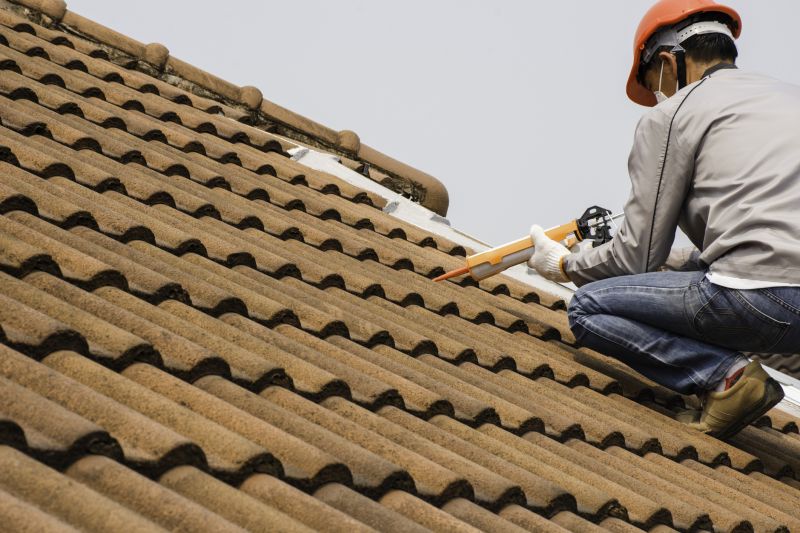
A sealed roof ready to withstand rain.
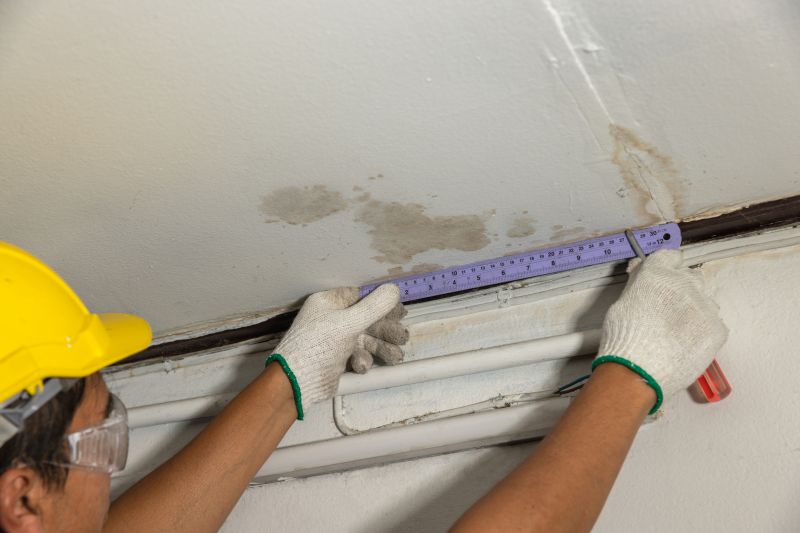
Forecast tools used to plan repair schedules.

High-end options that actually feel worth it for Rain Leak Repairs.
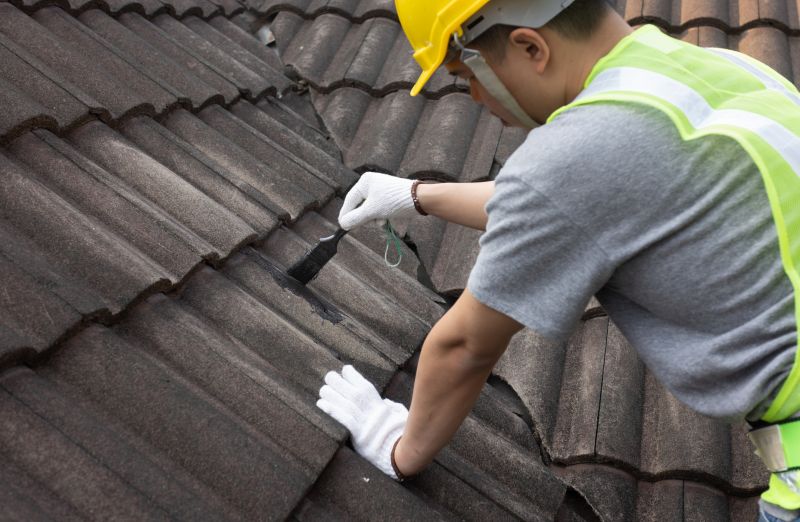
Finishes and colors that play nicely with Rain Leak Repairs.

Little measurements that prevent headaches on Rain Leak Repairs day.
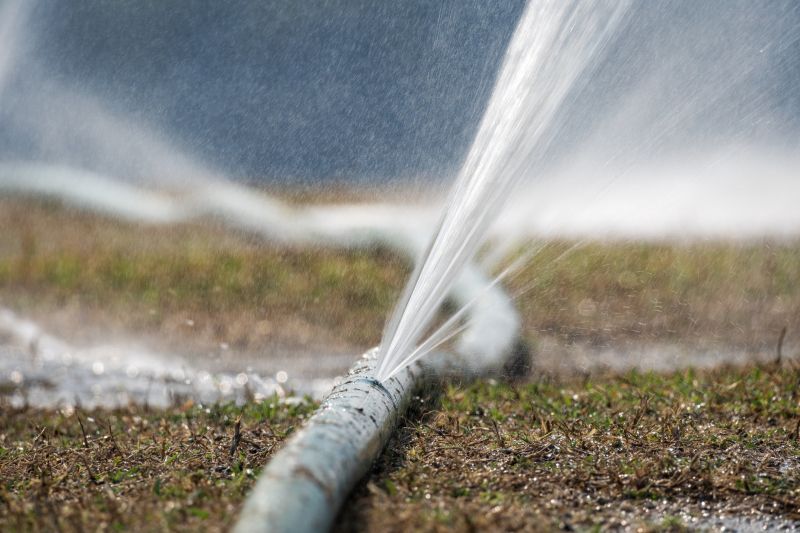
A 60-second routine that keeps Rain Leak Repairs looking new.
| Season | Recommended Timing |
|---|---|
| Spring | Early spring before heavy rain |
| Late summer | Late summer before fall rains |
| Early fall | Before the rainy season begins |
| Late fall | Less suitable due to increased rain |
| Winter | Not recommended due to low temperatures |
Understanding the optimal timing for rain leak repairs can significantly enhance their effectiveness and longevity. Proper scheduling minimizes disruptions and maximizes the durability of repairs, ensuring structures remain protected during periods of heavy rainfall.
